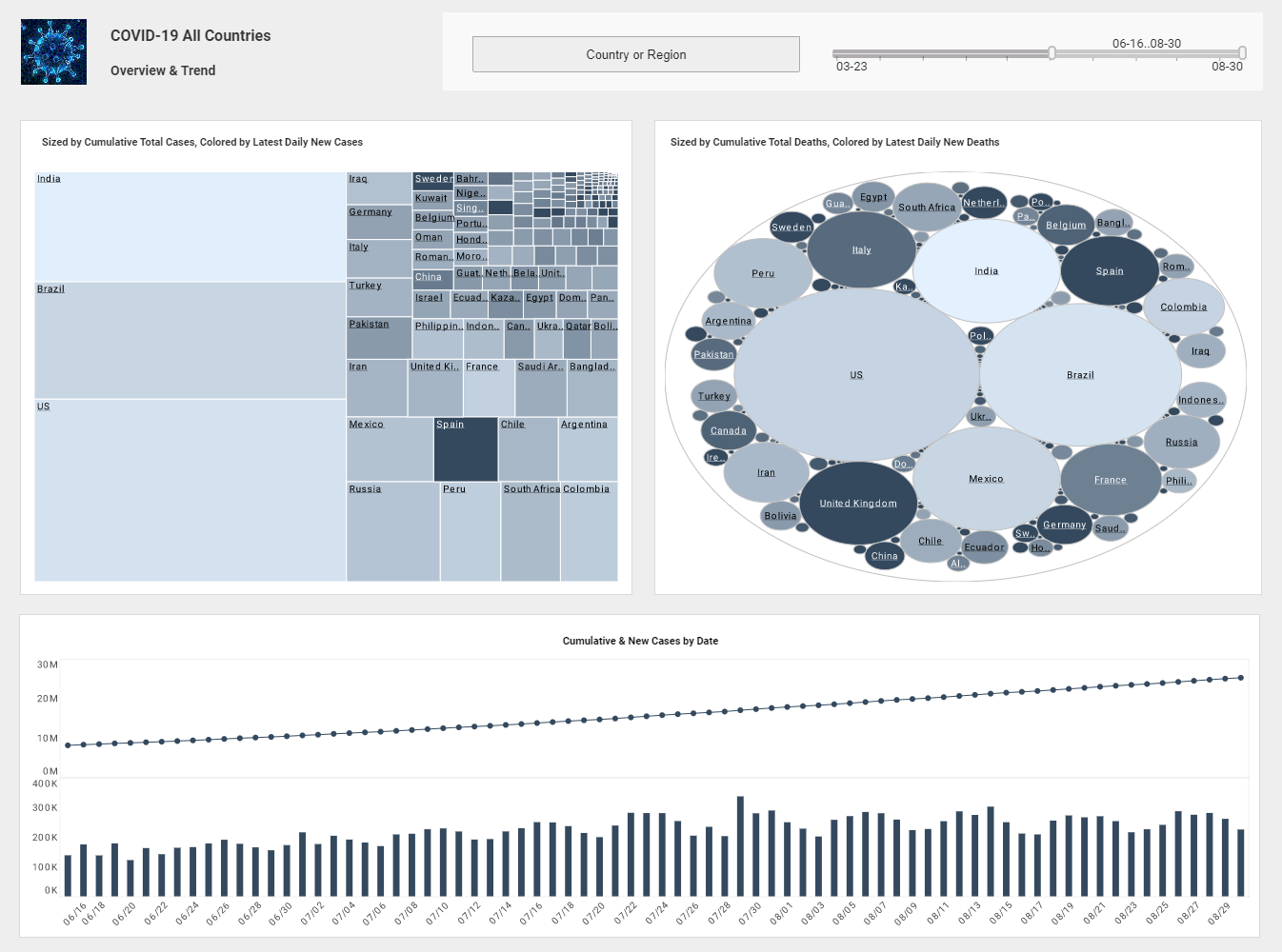InetSoft Webinar: Using Interactive Visualizations on iPads
This is the continuation of the transcript of a Webinar hosted by InetSoft on the topic of "The Evolution from Information Publishing to Insight Discovery and Analytics." The speaker is Mark Flaherty, CMO at InetSoft.
One customer of ours found something else out by using interactive visualizations on iPads. What they found is when they gave iPads with StyleBI on them to their customers who are shopping for refinance, mortgage and home loans, who could then interact with the data in their office, they got a 30% increase in customer conversion rates and up to 90% in regular inquiries.
Why is that? I think it’s because when people can interact with the data, they get that physical sense of working with the data. And in fact, viewing the mobile device is not just a way of viewing the data. It’s a way of interacting with the data, and it becomes part of the narrative of the customer relationship. It becomes part of that narrative experience, which is very powerful for users.
How does the use of data discovery tools change a business? Well, one of the things that happens is that we move away from this traditional view. There’s this very telling phrase that we use in business intelligence. We talk about end users. And you can see in this diagram there are end users that are purely passive receivers of knowledge that comes out from the center.
Whether that’s a social process or a mobile process, it doesn’t matter. It’s part of a new process of analyzing, and collaborating, and the results of the data. So, you’ve got something that is really quite different. You end up with an enterprise which was originally centralized becoming a much more interactive and robust, and agile network of interactive users.
| #1 Ranking: Read how InetSoft was rated #1 for user adoption in G2's user survey-based index | Read More |
IT can look at this and say, “Well, what is our role here?” And IT has all their traditional concerns. It’s the security and manageability of servers. We have great security. The server software is able to integrate with most of the security protocols that are available, and we have excellent server management and server management API’s.
And when it comes to things like scalability in the enterprise management product, you can look at some of our customers who are global brands. These large enterprises are already benefiting from this process of data discovery. It’s not just departmental. It’s not just for small numbers of users.
So, to recap what I was saying is there’s a new consumer. This new consumer is driven by new technologies which include social and an app experience like mobility. What they bring to business intelligence is data discovery. It’s a new way of finding the value from your data. And this is what StyleBI enables.
Let’s go ahead and grab a few of the questions that have come in from the audience. Here’s an interesting one. The question is if everyone just grabs whatever data he or she needs, how does system consolidation take place? What about things like conformance of master data and metrics definitions? What happens with those technologies?
 |
Read the top 10 reasons for selecting InetSoft as your BI partner. |
I think that’s a good question because that gets to one of the key points I think in what’s changing for us is what the sources of data actually are and the infrastructure we built. When you look at a lot of what I was kind of going through, it has to do with the interaction and the use of the information. And a lot of the new tools, the modern BI models and architectures preserve the existence of that data warehouse, whatever it might be.
| Previous: A Progression from Reports to Dashboards |
Next: Self-service
Data Mashup
|


